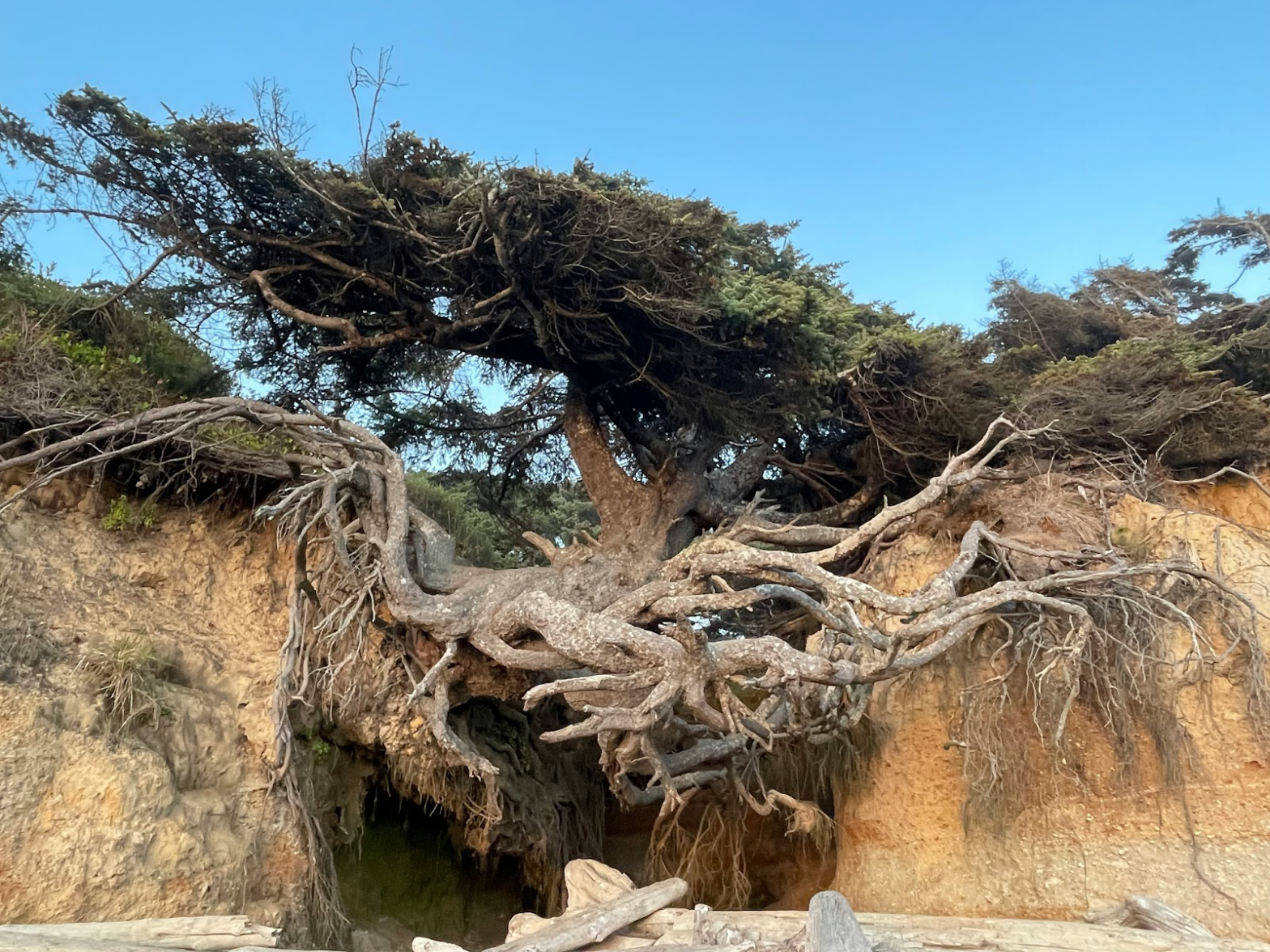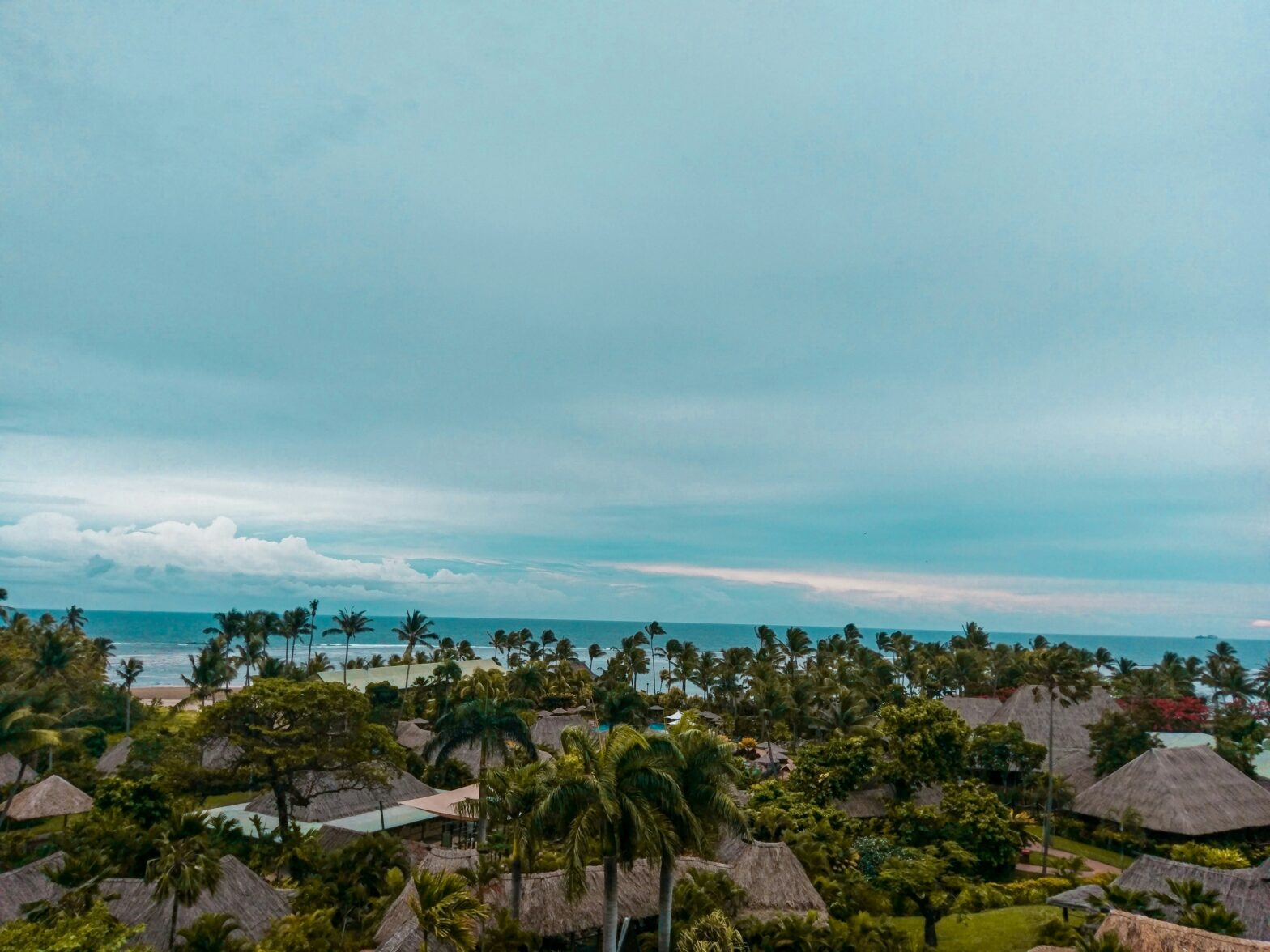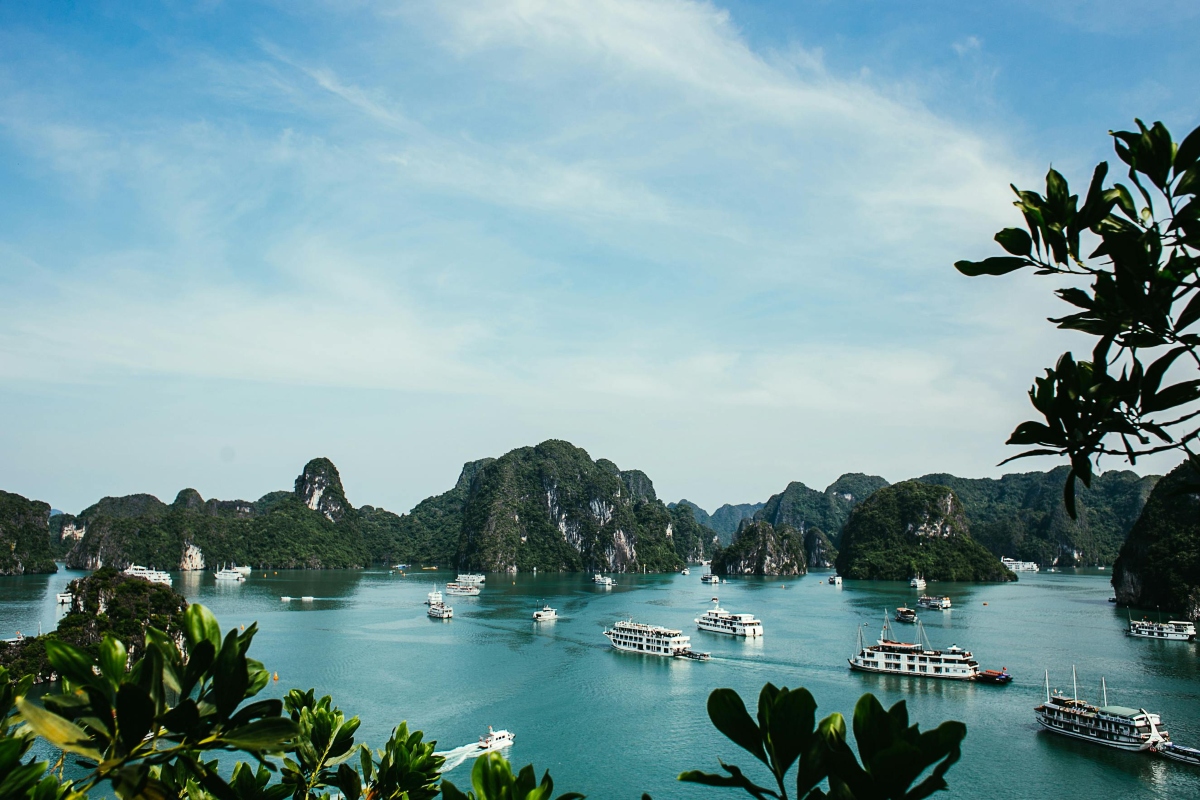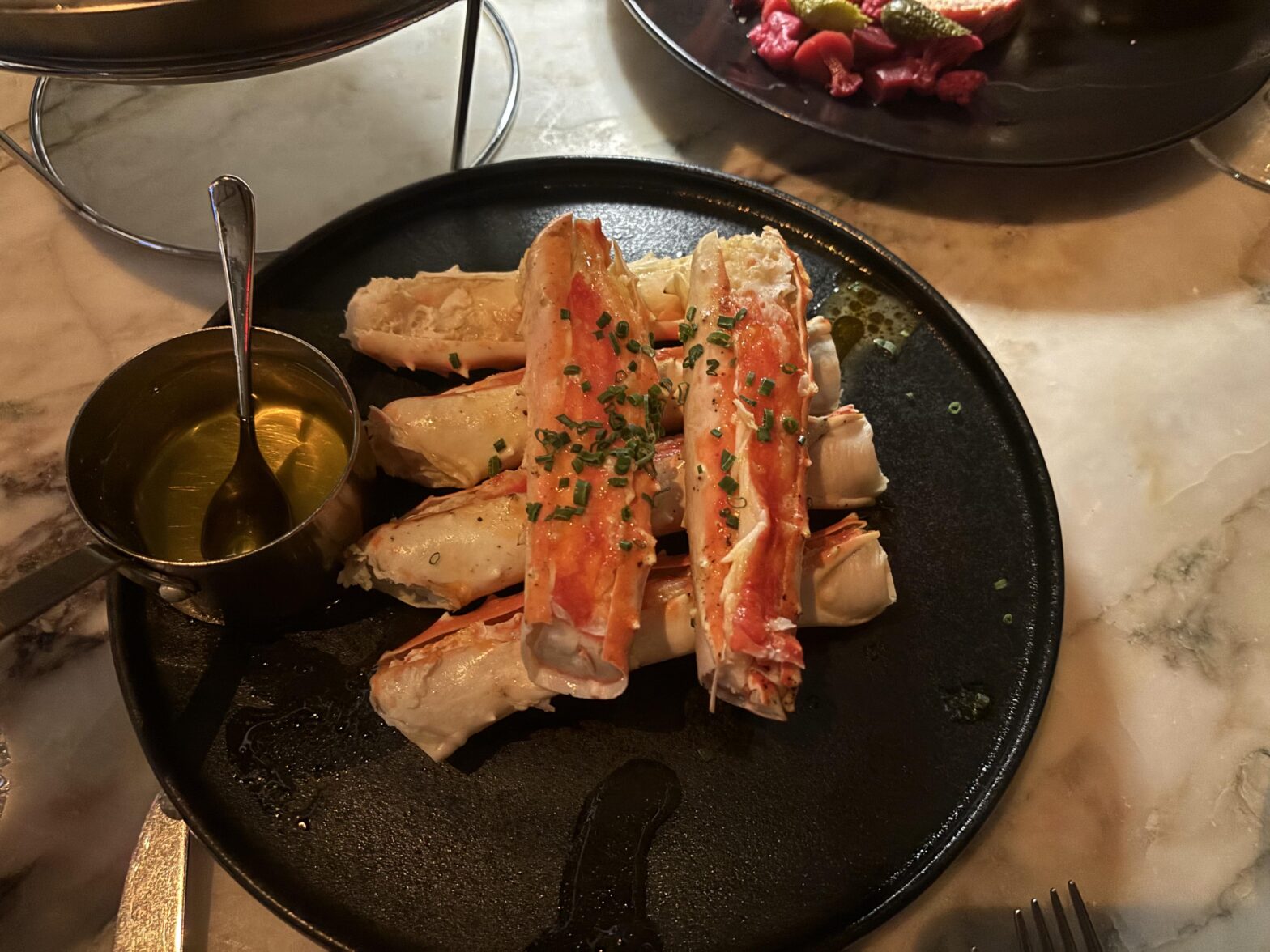The Tree of Life is a seemingly miraculously growing tree located in Forks, Washington. The tree has exposed roots, hovers over a gaping space between two cliffs, and clings to the earth between the two sides of the cliffs with only its roots. Hanging under its weight and practically clinging to life without soil, the tree is a sight to behold. It has survived coastal storms and seemingly defies the rules of horticulture. It has even gained fans that visit its nearby campground each year assuming the tree will have fallen, but are surprised to see it still standing (or floating).
Location
Fans of the “Twilight” saga will notice that Forks is the town that the romantic drama was set in narratively and modeled after (yet it was not filmed in Forks). Instead of dazzling vampires and epic romance, travelers to nearby Kalaloch Campground will find an environment covered with sand and a large floating tree. Sightseers will have no problem accessing the special tree since the campground is located in Olympic National Park, which has many options for accommodations. The tree is a mere 50 yards (or a few minutes walk) from the staircase that runs from the campground to the beach, making it easily accessible.
The area is home to the Quinault Indian Nation, who named the area Kalaloch, meaning “a good place to land” (in the Quinault language). The sandy beaches, extensive trails, and thriving wildlife live up to its namesake, and the tree of life itself stuns its visitors and has become one of the most famous trees in Washington State.
Origins of the Tree of Life
The peculiar formation of the tree that travelers can see today is due to erosion caused by human interference with the landscape. Around the 1960s, a culvert (which is a structure that channels water to divert it from an obstacle) was built to redirect water. At that time the land was utilized for a campground and the sprouting tree was relatively small. So, when the redirected water traveled to the beach and began to create a small canyon right under the growing tree, not many people noticed until the tree and canyon grew.
Tree Facts
The tree of life is a Sitka Spruce tree. These types of trees are known to be survivors in less-than-ideal conditions, so it is no surprise that the famous tree comes from a Sitka seed. These seeds grow into large coniferous trees that can top out at 100 meters tall and have large trunks. They are considered the largest species of spruce and are the third tallest conifer species. A Sitka Spruce can live up to 800 years, so the length of time that the tree of life has been growing (estimated to be around a couple of hundred years now) is just really a short while.
Cultural Significance and Tourism
The significance of trees in worldwide culture is exponential. Trees have historically provided physical imagery and symbolism for wisdom, immortality, and fertility. The spectacle of this hanging tree that somehow survives by its willpower is a significant attraction that many travelers are excited to witness.
Tourism has boomed in the Kalaloch area since the hovering tree gained attention from online photos. As a local symbol of resilience, it is no mystery why many locals and tourists cheer for the tree’s survival and enjoy exploring it. The tree root cave, which technically is the canyon that was created underneath the tree, is large enough for tourists to enter. Many tourists visit the Tree of life for their chance to witness its great endurance and take photos under its gaping archway.
Best Times to Visit
To try to avoid the heavy rain, travelers should visit Forks in July or August. The area will have more crowds around this time, since the weather is clearer. An alternative time period is visiting in fall or spring, either April or September are ideal. In springtime, the surrounding nature of Forks is more robust and has a low average for inches of rain.
Things To Do in Forks
The Olympic National Park and the Hoh Rain Forest Visitor Center are the best nature attractions in Forks. The Olympic Park spans across 922,000 acres and has mountains, an expansive rain forest and a view of the Pacific Ocean to the west. Visitors of the national park can enjoy biking, camping, fishing or hiking. Since the lands of the park are so diverse, there is so much to explore. Nature lovers will enjoy the opportunities to view the natural landscape of Forks. For those that want to learn more about the surrounding lands, the Hoh Rain Forest Visitor Center is a perfect excursion. The center offers three trails in which visitors can explore the local flora and fauna. The center is open daily in the summer and there are even guided walk and talks offered during the warm season.
Fans of the “Twilight” saga can visit the Forever Twilight in Forks Collection, which is an art museum that specializes in materials from the films. Travelers can see props, costumes and many other gems for free. There is even an annual Forever Twilight in Forks Festival in September that has events, vendors and entertainment.





